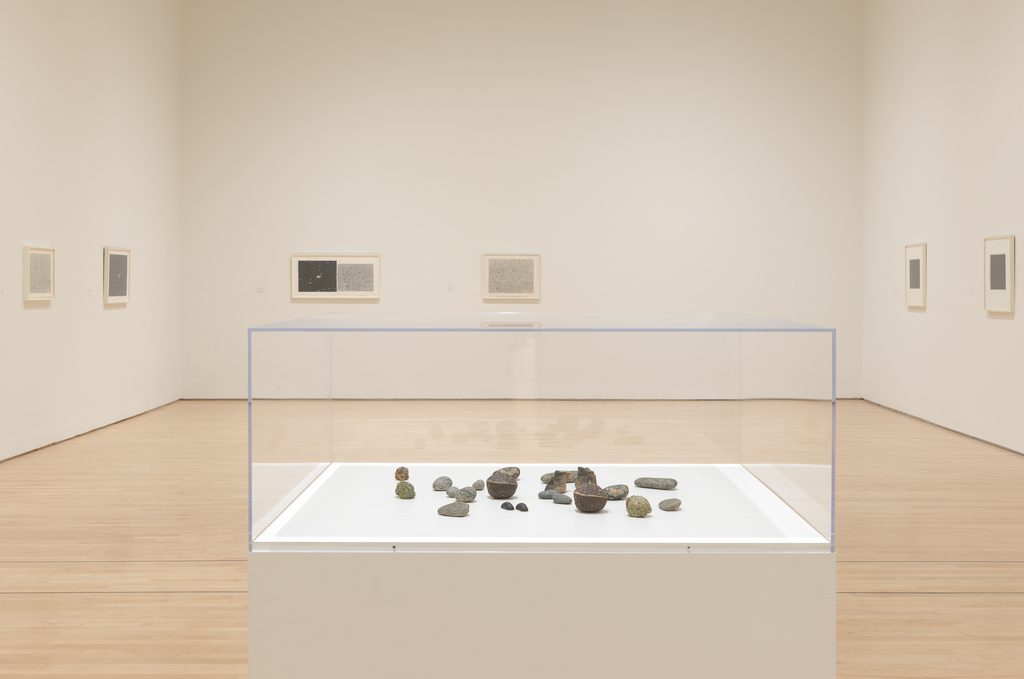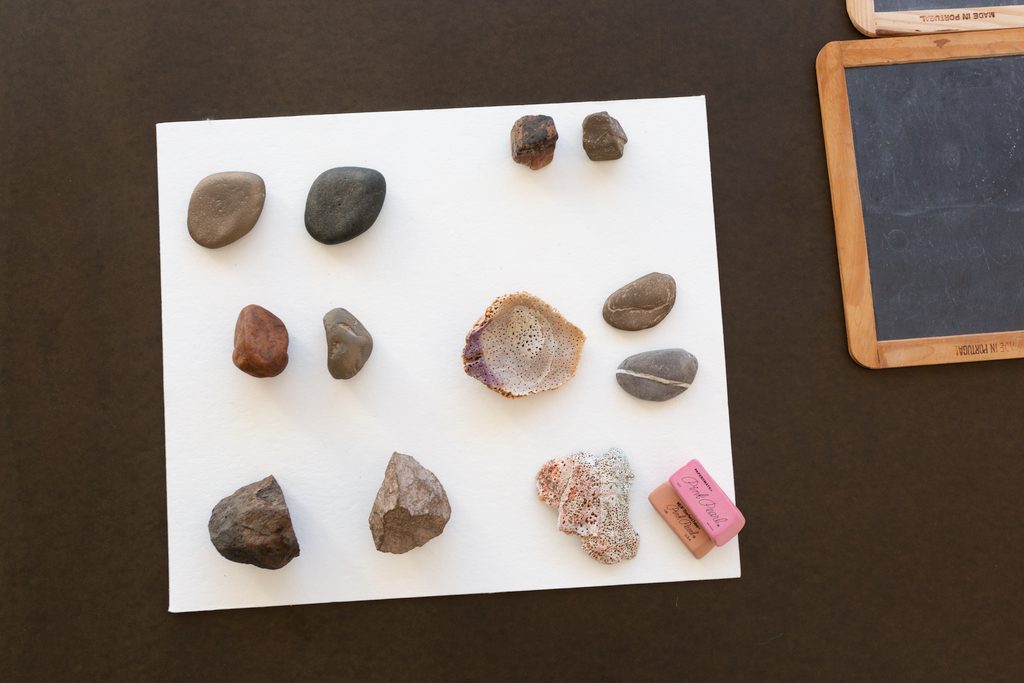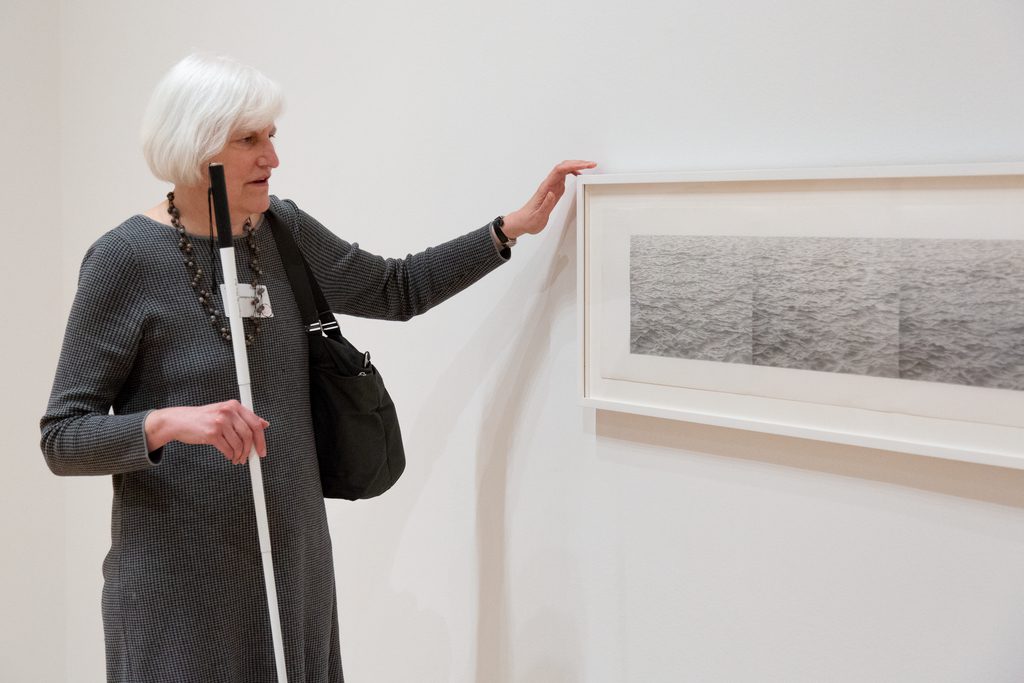To use a slightly obsolete term, I am “legally blind with some usable sight.” Like the vast majority of legally blind people, I retain some residual visual perception. Legality comes into it in that my visual impairment is severe enough to make me eligible for federal education and rehabilitation programs for the blind. In the eyes of the law, there is no distinction between people born totally blind and the many who, like me, became blind later in life and can still perceive some elements of the visible world. The “usable” aspect of my residual vision is harder to define. In my everyday life, in my home, at work, and recreation, moving to and fro, I rarely make use of my residual vision because it is inadequate and unreliable for the things I do habitually—reading, writing, getting from place to place. Typically, I use nonvisual means—the skills of blindness—to perform these tasks, such as a synthesized screen reader to read what’s on my computer or smart phone screen, and a white cane for navigation.
One of the only places where I make use of my residual vision is an art museum. Both my parents were visual artists, so since childhood, even after becoming blind, I have always spent a lot of time around art, artists, and art lovers. I rely on and appreciate access accommodations provided by museums for people with visual impairments, such as touch tours and audio guides. Since these programs are not universally available, I also rely on friends and family members who accompany me to art exhibitions and know something about art and how to talk about it. I also make the effort to use my residual vision to perceive what I can of the work itself. This effort is not always successful, and I have learned over the years to anticipate what kind of art will be most available to me and will give me some degree of visual gratification. I still retain fairly accurate color perception and do better with things on a large scale. As it happens, my parents and most of the artists in their circle were Abstract Expressionists, so I am always most comfortable before a painting where the point is not to perceive a representation of something else, but rather to experience the visual phenomenon of the painted surface itself. I gravitate away from drawing, etching, and black-and-white photography.
Therefore, Vija Celmins’s work is something I would typically be inclined to avoid. Scanning galleries of mostly monochrome, mostly small-scale images, as in her recent retrospective at SFMOMA, all I can make out are scores of seemingly empty frames. And traditional audio description for the blind, where the standard is to deliver an objective inventory of the objects depicted, would in Celmins’s case offer limited rewards: “This is a drawing made from a photograph. This is a painting reproducing the surface of a piece of wood.”
For this reason, I came to the multi-sensory workshop with a good deal of skepticism, uncertain that I could gain appreciation for this work and equally unsure that I could contribute to others’ knowledge through the privileged access the museum was offering me. Still, there are ideas behind Celmins’s work that intrigued me and seemed to offer a point of entry. For one thing, I was struck by the historical sequence. She came to her art practice at the tail end of the abstract expressionist movement, and while her work generally eschews color and monumental scale, she is still preoccupied with surfaces. Her work is representational, though the objects she depicts are not those usually considered to be worthy of depiction. But she is also interested, compelled even, by surfaces. I was intrigued by the idea that she saw her work not as reproduction, but as redescription, perhaps even re-creation. And I was caught by the idea that making the work was a mnemonic exercise—fixing the image in memory, as in affixing it in the brain itself. And perhaps, I speculate, there is in that affixing an element of reparation—fixing—restoring something to the original that it has lost.
The only piece I assumed in advance I might have something to say about is the one that gave the exhibition its name. To Fix the Image in Memory I–XI (1977–82) is a collection of small rocks accompanied by bronze casts of them that the artist had made and then painstakingly painted to make them visually indistinguishable from the originals. In the gallery, these pieces are displayed under glass, so if viewers do not read the accompanying wall text, they might believe that Celmins simply discovered pairs of identical rocks of different sizes and shapes.

For the workshop, the museum’s conservation team created a mock-up of this work for us to handle, collecting a number of different rocks and then casting them in bronze, though not painting them as Celmins did.

To touch the real rocks, and then their bronze casts, was as I expected. The bronzes were not only heavier, but colder. The stones had different densities and so different weights that were not always proportional to their relative sizes. The bronzes did not respond to the heat of my hand. My prolonged handling, however, left a telltale scent on my hands, which was familiar and vaguely pleasing. I could only imagine what it would be like to handle painted bronze rather than the naked versions. Would the painted “rocks” have a slick or powdery surface? Would my handling wear that away? I was made mindful of what was gained by Celmins’s re-creation of these objects, and also what was lost. The redescriptions retained the originals’ forms and colors, but could not replicate tactile elements of weight, texture, and temperature. They are a three-dimensional replica that can trick the eye but cannot trick the hand—or the nose, for that matter. The scent lingering on my hands was a memorial to the loss of the specific mineral composition of the originals.
The other piece I wanted to investigate was Untitled (Ocean Steps #2) (1973). When we were in the gallery, we viewed it from different distances. I asked, “At what point can you tell that it’s not a photograph?” My fellow participants designated a specific location at about ten feet away. I was surprised by their certainty but dissatisfied with their explanation, which had more to do with the sheen of photographic paper than anything to do with the image itself. Is photographic paper always shiny?

Knowing how the redescriptions were produced made me eager to get my hands on the graphite pencils and the particular paper that Celmins used. Making marks like those I imagined she made to create these works, I compared the harder and softer pencils. I anticipated a sound more than a feeling. Sure enough, the harder pencils made a faint, scratching sound—a dry whisper. The softer pencils were quieter. The harder ones felt more like they were scratching the surface of the paper than actually leaving a mark. Using the softer ones felt more like pushing the graphite around the page, with a slight sense of stickiness, a faint kiss as the point left the surface.
I was struck when I learned about her process: that she always began from the lower right-hand corner and moved up to the left-hand corner. This is not only counterintuitive in that it goes against the standard direction of writing in English and other such languages, but it also meant that the artist’s hand, lifted off the page with a kind of brace, covered the marks that she had just made. She only made marks; she never erased. I was reminded of what I know about medieval tapestry: The weavers created their images from the back side of the tapestry and could only examine what they were doing by holding a mirror under the weft. But they also couldn’t see the tapestry in its entirety until it was finished and unrolled from the loom.
Celmins held herself to a strict ritual. Her eyes clung to the image she was redescribing as her hand performed the small, repetitive movements required to reproduce the images. I am reminded of the drawing-class exercise called blind contour drawing, where the point is to look at the object, not the drawing, to develop a particular kind of eye-hand coordination where the eye follows the outlines of the object and the unseen hand moves in synch. She also employed a kind of blind faith to make these images, a certainty that to attend in this deliberate and painstaking way to each individual point of the original would ultimately yield this perfect replica. It is also a process of memory, the deliberate studying of each minute point of the original inscribing it in her brain as her hand inscribed it on paper. It felt like I should lay my hand on another’s hand to follow the minute motions of this transcription, curve by curve, line by line. The repetition of it—repetitive stress? Ritualized meditation?
My experience in the gallery and in the conservation workshop left me with the overall impression of how deeply embodied Celmins’s work is. This embodiment is not the large, gestural movement of the action painters, but a small, painstaking, almost imperceptible movement of the pencil point laying down one mark after another, according to an almost ritualistic sequence, piling up the image from the accumulation of these traces of those gestures. I am not left with an image in my mind’s eye, because these are not images that my color-loving brain can grasp. Rather, I am left with vivid impressions in my mind’s hand, and in my literal hands, manipulating the familiar humble pencil in an unfamiliar way, meditating on the innocuous forms of ordinary rocks rendered unfamiliar in a different medium.
And as for the reparation involved? In this painstaking re-creation of the image, is there a celebration, a kind of awe at the natural wonder depicted in the original? What could be more familiar than the pattern of ripples and waves on a body of water, and yet in transcribing that pattern—redescribing it in the piling up of gestural marks—the intricacies of the pattern is revealed and revered.
Georgina Kleege teaches creative writing and disability studies in the English department at UC Berkeley.